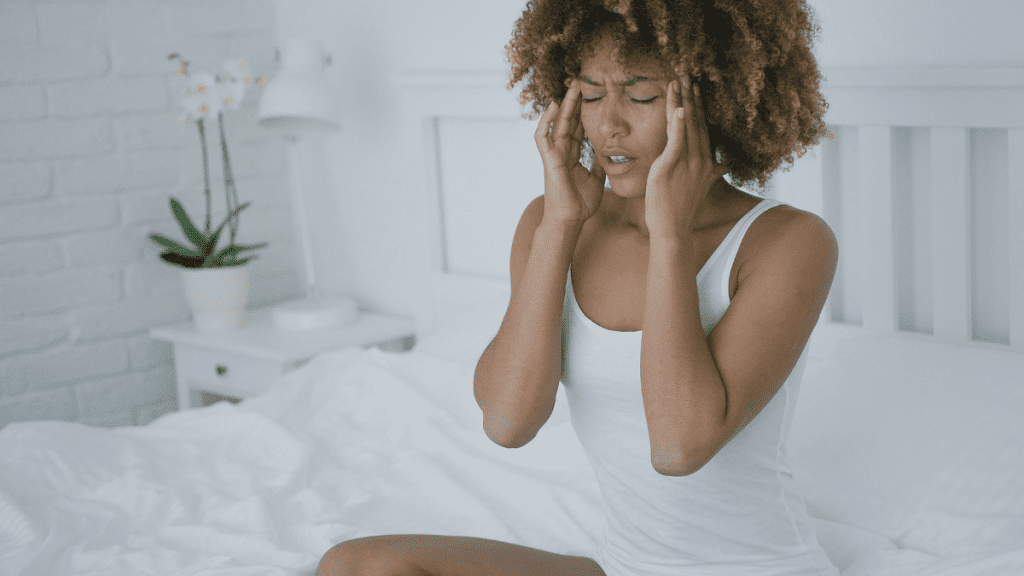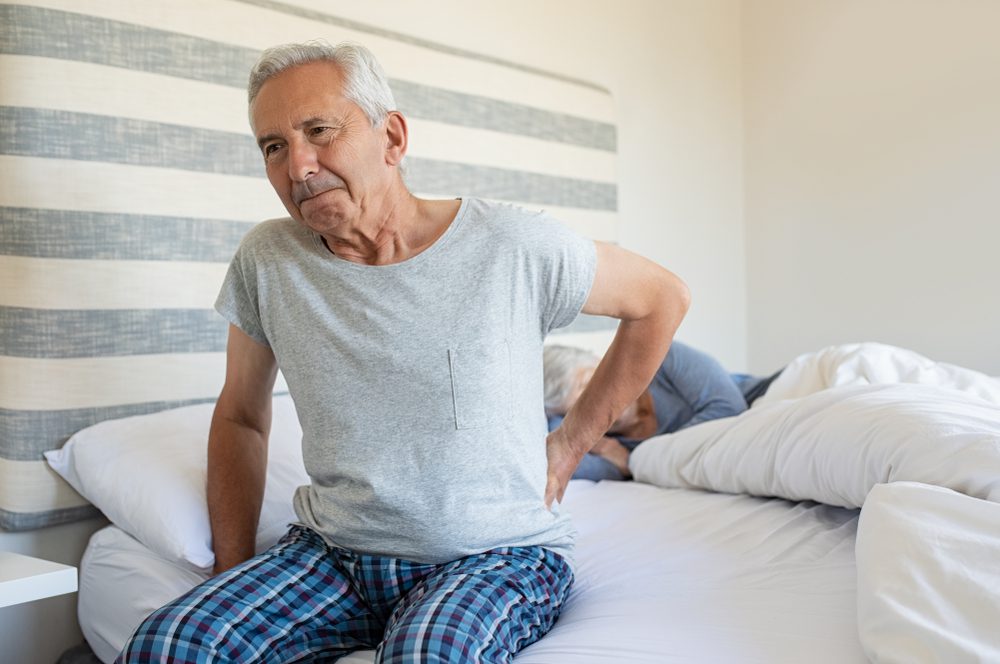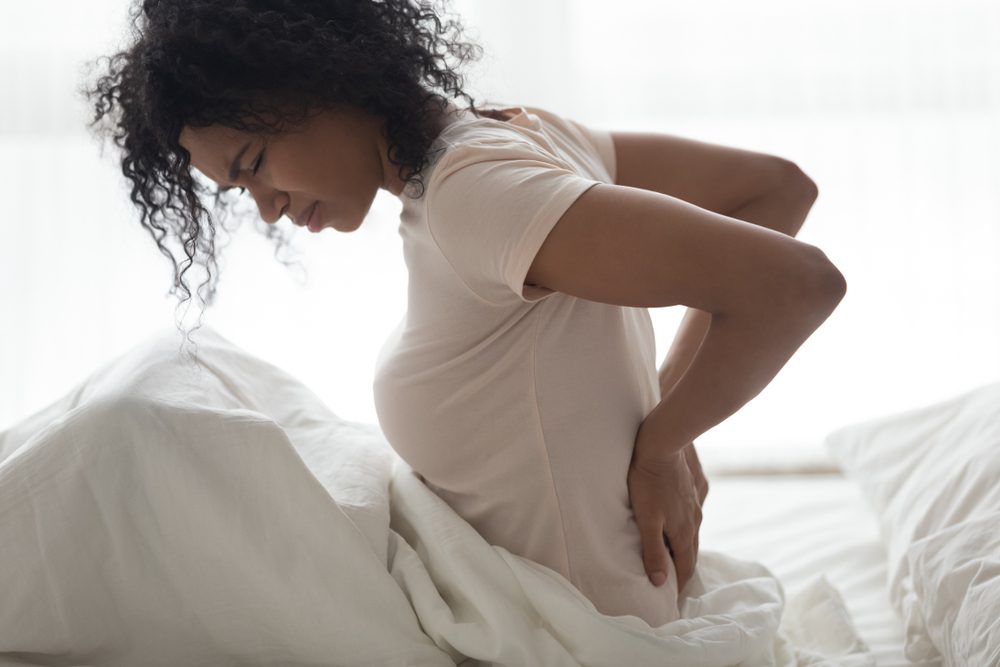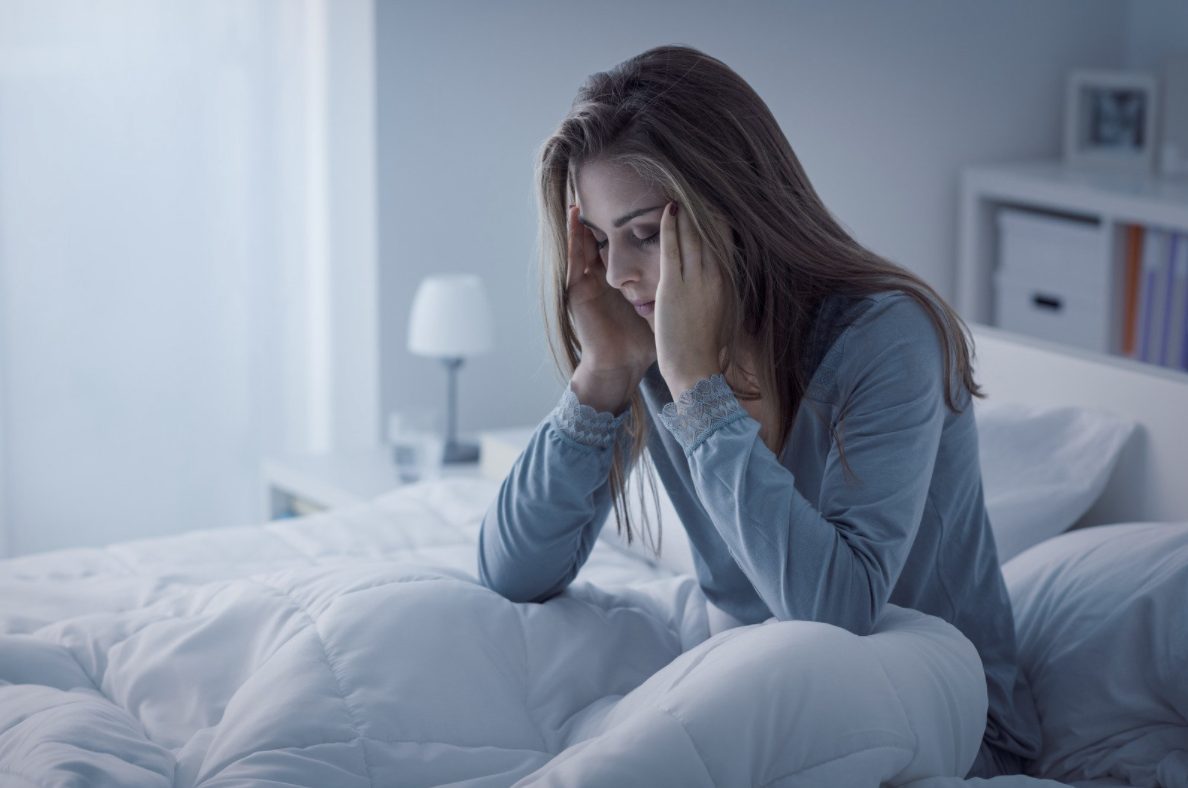
If you are suffering from chronic pain, be it lower back pain, knee pain, neck pain, or shoulder pain, chances are it keeps you awake at night.
We all love our sleep, but for Chronic Pain sufferers, it is more than just a period of rest as sleep plays a very important role in recovery. Sleep releases growth hormones that repair the damaged tissues in your body.
Sleep deprivation can result in your body producing a higher amount of the main stress response hormone known as cortisol. This can affect your health both mentally and physically.
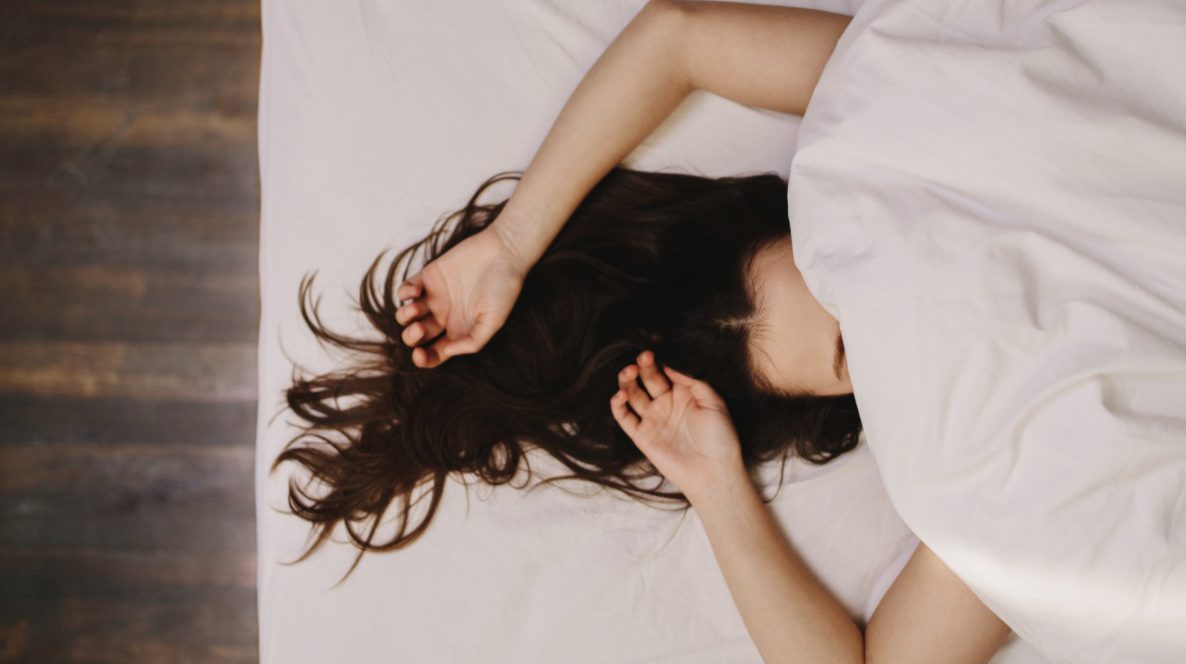
A study conducted by Tang et. al. from the Institute of Psychiatry at King’s College London shows that at least 20 percent of the people suffering from chronic pain also reported at least one symptom of insomnia, 90 percent of the patients reported at least one sleep complaint, and more than 65 percent of them described themselves as “poor sleepers”.
“Compared to chronic pain patients who do not have trouble sleeping, those who do, report more severe pain, longer pain duration, greater levels of anxiety, depression and health anxiety, and worse impairment in physical and psychosocial functioning,” according to a study titled ‘Insomnia Co-Occurring with Chronic Pain’.
So what can we do to help us drift off at night?
Good Sleep Hygiene
According to sleep specialist Michelle Drerup, PsyD, what you do before bed correlates with your sleep quality. This is especially true for patients that suffer from both insomnia and chronic pain.
Anything you do to help with your chronic-pain-induced insomnia will have a higher chance to succeed if you have good sleep hygiene. Sleep hygiene means the habits and practices that contribute to sleeping well, such as:
- Avoid using the bed for non-sleep related activities, such as working.
- Go to bed only when you feel sleepy. When you fail to fall asleep within 15-20 minutes, it might be better to just get up and perhaps go into another room. When you start to feel sleepy again, come back to bed. You can repeat this until you feel sleepy.
- Maintain a regular wake-up time regardless of the amount of sleep you get.
- Try to avoid naps during the day.
- Try to exercise for 30 minutes during the day but give at least a four-hour window between exercise and bedtime.

Pre-Sleep Conditioning
Everybody has different pre-sleep rituals. It is usually recommended to get rid of all distractions and make sure the environment is quiet and conducive to rest. Dimming the lights and using the blue light filter on your phone are easy first steps to take, but this does not work for everybody.
Those of us with chronic pain may need a more stimulating environment so we don’t end up focusing on our discomfort. As stated by Dr. Randy Gollub, associate professor in psychiatry at Harvard Medical School, “human brains have a limited capacity for attention. If you have a demanding enough task, you’ll have less attention to give to your pain.” In short, you need to fool your brain into ignoring the pain.
While you are awake, there are plenty of light activities, like reading or doodling, that can help distract you. But to relax, ASMR (autonomous sensory meridian response) videos might be worth checking out.
ASMR is a term coined in 2010 to describe the relaxing and sedative sensation triggered by placid images and sounds. Many find ASMR videos can help put them to sleep. Think whale song or white noise with a video to immerse yourself into: we found one with a hoover!
Likewise, meditation apps like Headspace are another popular choice to enter a state of relaxation. Headspace also has a feature that helps you get back to sleep in case you wake up in the middle of the night.
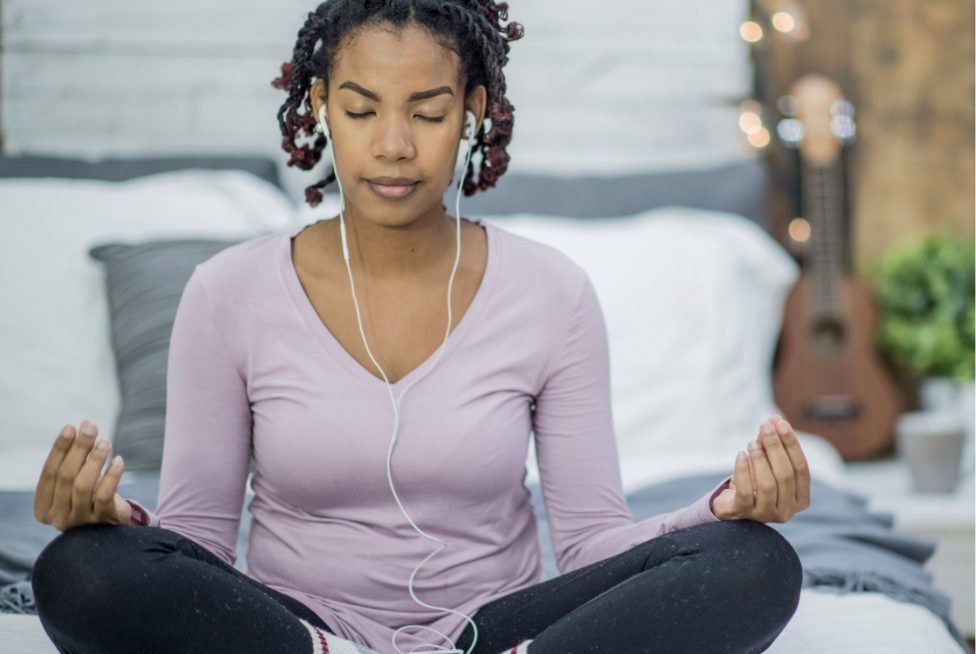
The app can also give helpful tips to fix your sleep habits. For example, their recent article ‘Trouble Falling Asleep’ is a good 3-5 minute read that contains plenty of useful advice.
Joining Sleep Therapy
While sleeping pills are a popular choice in combating insomnia, they are not the only option. Sleep therapies, which are forms of therapy that are specifically designed for those with sleep disorders, are an alternative or complementary tool to help you drift off at night.
As the name implies, there are two parts of sleep therapy; the cognitive (sleep) part and the behavioural (therapy) part.
The cognitive part addresses the negative thoughts and beliefs that prevent you from falling asleep and trains you to eliminate them. Meanwhile, the behavioural part helps you develop good sleep habits such as the aforementioned good sleep hygiene.
Cognitive behavioural therapy for insomnia, commonly referred to as CBT-I, is the most popular form of therapy to treat insomnia and is highly recommended as the first line of treatment. This therapy can be done individually, in a group, and even online.
Below is a list of some online CBT-I therapies:
- Somryst (recommended by over 135 sleep clinics);
- Sleepio (100% money back guarantee);
- RESTORE by Cobalt Therapeutics (claims 80% of those who complete the program have their conditions improved);
- CBT-I Coach (in the form of a free mobile app); and
- Conquering Insomnia Program from CBTforInsomnia.com (PDF based)
Sleepio in particular is an online self-help treatment service for insomnia. It is even scientifically recommended because its effectiveness is comparable with face-to-face CBT-I.
The program is personalized as it learns about you and gives relevant guidance for healthy sleep wherever and whenever you need it.
Other great ideas include exercises focused on deep breathing techniques such as yoga and tai chi. They are a psychological approach to insomnia.
Taking Herbal Remedies
Herbal remedies, like ginger and turmeric, have been important ingredients in traditional Chinese medicine for centuries to help ease pain. Both of them contain anti-inflammatory compounds and can be consumed in addition to modern painkillers.

Herbal treatment isn’t just for pain management: it can help you with insomnia.
Chamomile tea, for example, has been used to help with sleep disorders. According to Michael Breus, PhD, a psychologist and board-certified sleep specialist, chamomile can be used to induce sedation as its chemical structure contains apigenin, which acts as a mild tranquilizer. It’s as simple as drinking a cup of tea – just one cup, 45 minutes before bed, is enough.
Valerian root is another popular natural sleep inducer that has been used to treat insomnia since ancient times. Valerian root contains valerenic acid, isovaleric acid and a variety of antioxidants. These are among the many compounds that help it to reduce anxiety and promote sleep.
Lavender can also help bring about sleep. Again, according to Michael Breus, PhD, lavender can be used both as an anxiety reliever and a sleep inducer. A study on the effects of lavender aroma towards a group of Japanese students showed a correlation between the aromatherapy and an improvement in the students’ sleep quality.
Another option is our topical To Better Days™ patches, which work to relieve discomfort and could help you sleep better. Our patches are proven to help manage symptoms of chronic pain with their patented combination of dextrose and vitamin D.
Containing only these two natural ingredients, our patches have also been dermatologically tested and are classified as kind to the skin. They can be used on various parts of the body; for larger areas such as your back or legs, try our big joint patches, and for smaller areas such as the wrist or ankle, try our small joint patches.
We hope this little guide can give plenty of insights for you to have a good sleep cycle and mend the pain. If you do find it valuable, you are always welcome to share your stories on our Facebook page. We’re always happy to hear and discuss more for better days.

